

This article possibly contains original research. Please improve itbyverifying the claims made and adding inline citations. Statements consisting only of original research should be removed. (May 2021) (Learn how and when to remove this message)
|
This is a list of conventional orbital launch systems. This is composed of launch vehicles, and other conventional systems, used to place satellites into orbit.
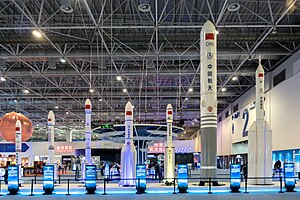









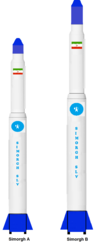

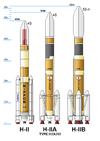





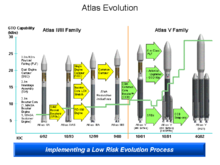
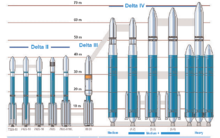
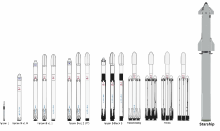
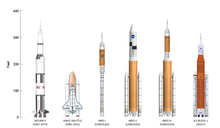
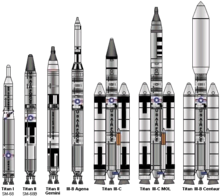
GEV for Orbital Re-entry Experiment (ORE): Launch with 1:8 scale RLV, targeted in first quarter of 2022.
In ORE, a scaled up wing body will be taken to an orbit by an ascent vehicle derived from existing GSLV and it stays in orbit for a stipulated period, re-enter and lands on a runway autonomously. The ascent vehicle has first two stages of GSLV viz S139+4L40S & GS2 and a third stage with modified PS4 propulsion system. The winged body which is a scaled up version of the RLV in RLV-TD HEX-01 mission is the fourth stage and this is called Orbital Re-entry Vehicle (ORV). This has a deployable Landing Gear System.
|
Spaceflight lists and timelines
| |||||||||||||||||
|---|---|---|---|---|---|---|---|---|---|---|---|---|---|---|---|---|---|
| |||||||||||||||||
| General |
| ||||||||||||||||
| Human spaceflight |
| ||||||||||||||||
| Solar System exploration |
| ||||||||||||||||
| Earth-orbiting satellites |
| ||||||||||||||||
| Vehicles |
| ||||||||||||||||
| Launches by rocket type |
| ||||||||||||||||
| Launches by spaceport |
| ||||||||||||||||
| Agencies, companies and facilities |
| ||||||||||||||||
| Other mission lists and timelines |
| ||||||||||||||||